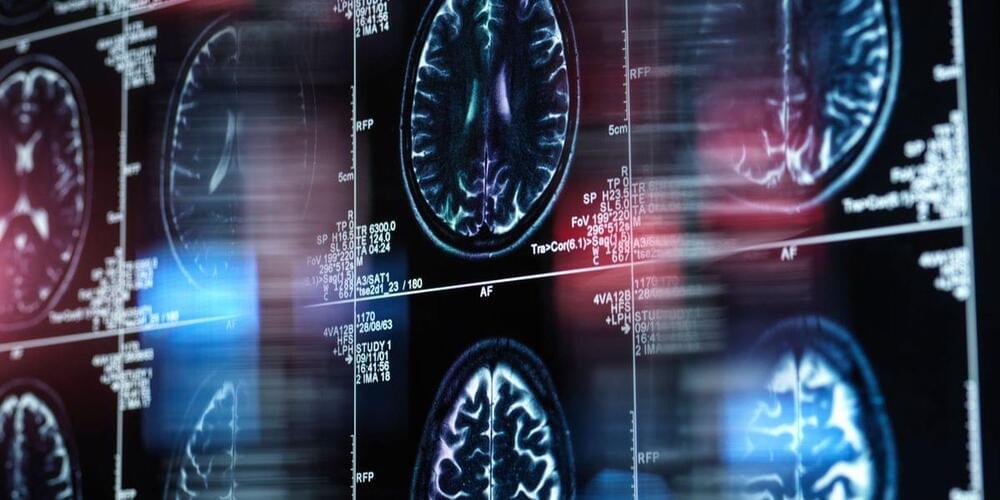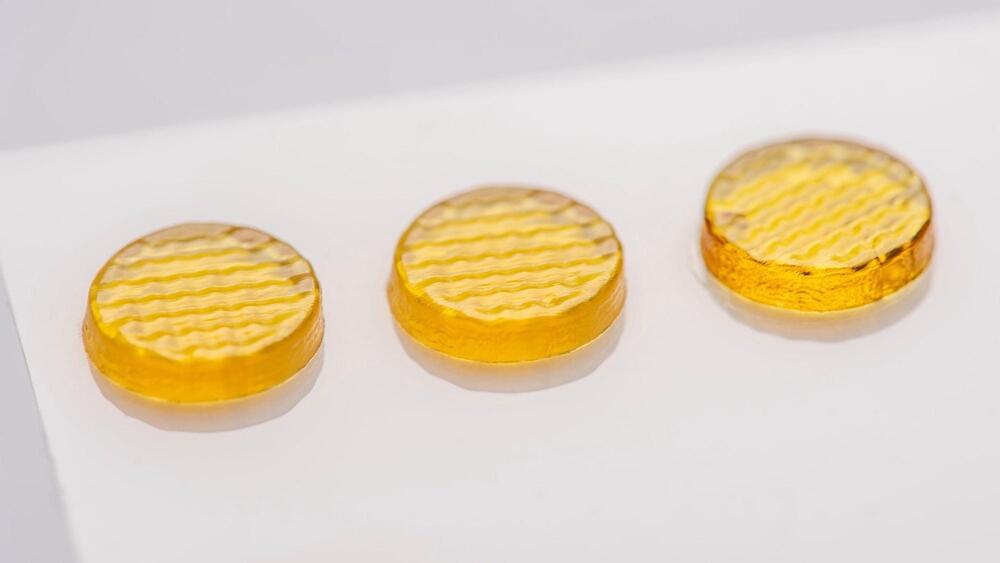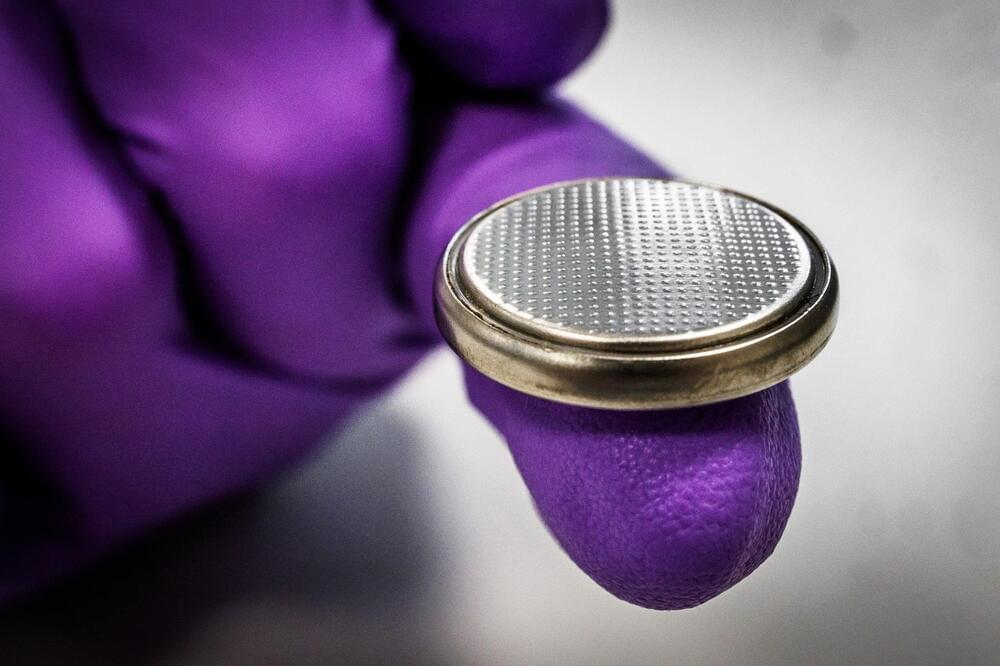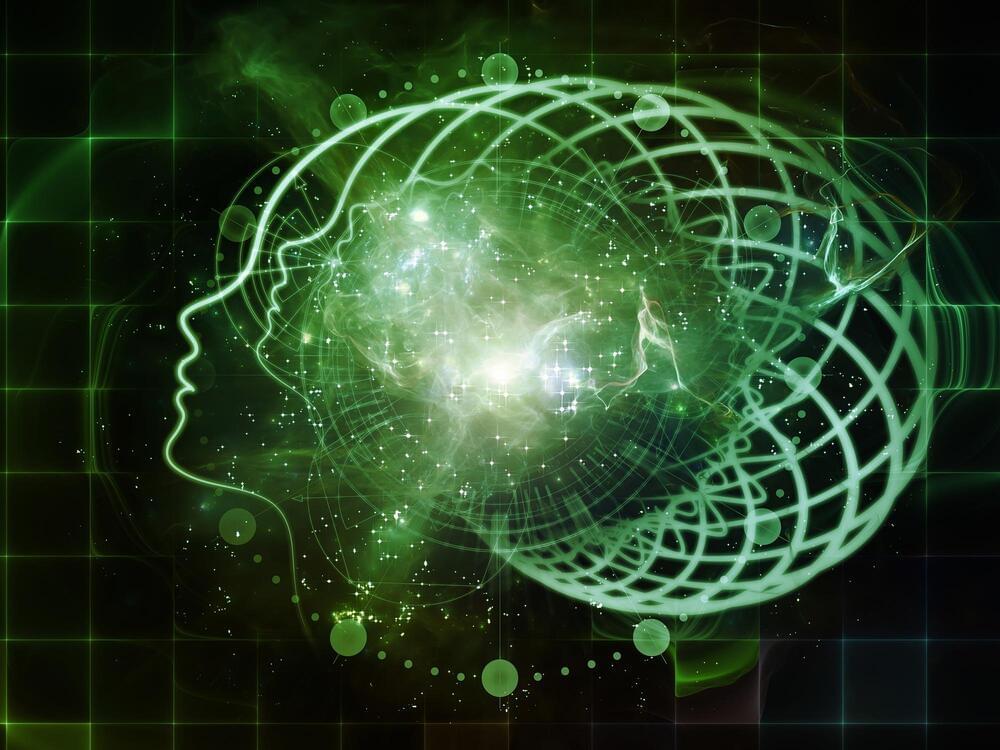An Oakland, California, school district is the first in the US to transition to a 100% electric school bus system with vehicle-to-grid (V2G) technology.
Modern student transportation platform Zum has provided Oakland Unified School District with a fleet of 74 electric school buses and bidirectional chargers. Utility Pacific Gas and Electric (PG&E) supplied 2.7 megawatts (MW) of load to Zum’s Oakland EV-ready facility. The fleet will be managed through Zum’s AI-enabled technology platform.
“Oakland becoming the first in the nation to have a 100% electric school bus fleet is a huge win for the Oakland community and the nation as a whole,” said Kim Raney, executive director of transportation at Oakland Unified School District. “The families of Oakland are disproportionately disadvantaged and affected by high rates of asthma and exposure to air pollution from diesel fuels.”








